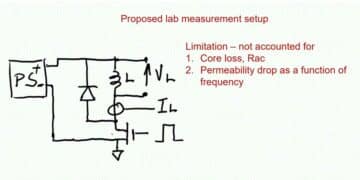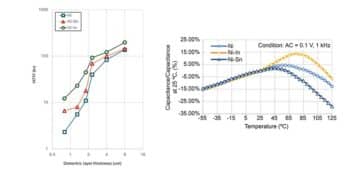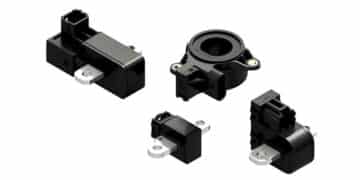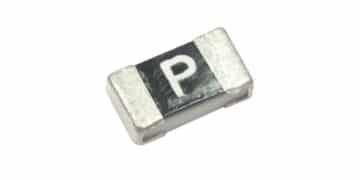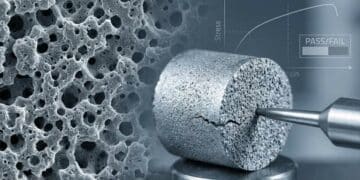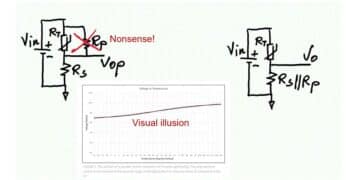This article provides update on upcoming restrictions and regulations on polymers and polymer additives. The post was written by Mike Kirschner and published by TTI Market Eye.
The Polymer Additives Challenge
The plastics you use are not pure polymers. A vast array of substances can be added to a base polymer resin to provide numerous functions:
- Anti-static agents
- Antibacterials
- Blowing/foaming agents
- Colorants/pigments
- Lubricants
- UV light resistance
- Flame retardance
- Mold release
- Filler
- Viscosity regulation
- Plasticizers
- Stabilizers
- And many others
These additives are almost never referenced directly in compounders’ datasheets. But they are responsible for providing many of the parametric and functional properties of the final compound. Engineers specify a plastic material based, in large part, on these parameters and functional properties rather than the specific chemical additives used to achieve them.
We can try to get a partial handle on what some of these functions are, if not the additives themselves, in a given compound resin through following ISO 11469:2016 and working with suppliers to ensure that plastic parts are properly marked. But the ISO 1043 family referenced in the standard is limited to fillers and reinforcing materials (ISO 1043-2), plasticizers (ISO 1043-3) and flame retardants (ISO 1043-4). ISO 1043-1 covers basic polymers but it is out of date, failing to include newer bio-based polymers like PBAT (polybutylene adipate co-terephthalate). This leaves out a very broad range of additives.
Many of the substances listed in the European Chemical Agency’s Candidate List of Substances of Very High Concern (ECHA’s SVHC list) are, in fact, polymer additives. The flame retardants and phthalates restricted by EU RoHS are polymer additives. Many PFAS are polymer additives. You see where I’m going with this: polymer additives provide a rich vein of potentially toxic substances for regulators to mine with an eye toward restrictions.
Of course, regulators know this and have been researching and collecting information on hazardous substances in plastics for quite a while. We are starting to see some actions that could result in more extensive elimination and replacement of common additives than we’ve seen before. This will continue to drive requirements for (re)selection and qualification of replacement materials by sustaining engineering departments and require additional assessment of plastics for new products.
Here are some examples of recent and upcoming regulatory activity covering polymer additives:
1. In November, 2023, ECHA issued a press release noting that they had completed an investigation “on 63 PVC additives, including plasticisers, heat stabilisers and flame retardants.” From that investigation they foresee restriction of
a. plasticisers, particularly certain ortho-phthalates,
b. heat stabilizing organotins, such as DOTE,
c. flame retardants as suggested in ECHA’s Regulatory Strategy for Flame Retardants and
d. PVC microparticles.
The European Commission is now tasked with determining whether to have ECHA prepare a REACH restriction proposal.
2. On January 17, 2024, ECHA published an assessment that determined restriction of several UV absorbers (UV-320, UV-327 and UV-350; UV-328 was banned by the Stockholm Convention last May and will be addressed in the EU POPs Regulation (EU) 2019/1021) would be appropriate.
3. The US EPA’s list of Ongoing and Completed Chemical Risk Evaluations under TSCA includes flame retardants, plasticizers (phthalates), a fragrance additive and a pigment that could be used in plastics.
While there has been regulatory attention to additives for a long time, manufacturers and their environmental compliance organizations should prepare to pay more attention to them in the future. Steps to take include the following:
- Obtain safety data sheets for the resins your company is using.
- Request more detailed information on additives used. This can be challenging, as compounders often consider additive information to be proprietary intellectual property.
- Work on identifying alternatives.
- Work with your suppliers and third parties who can help you assess the toxicological profile–and likelihood of future regulatory challenges–of your current polymeric materials and possible alternatives.
Canada Plastic Data Call-In
In a somewhat related move, Canada intends to issue a call for information under the Environmental Protection Act that will require producers to report a wide variety of information about the plastics they are selling in Canada on an annual basis over the next three years, including this information:
- The identify of all resins used to make plastic products (including materials used in a wide variety of electronics)
- Sources of those resins
- Weight
The notice says they are “seeking feedback from interested parties.” One potential issue is the lack of a de minimis level for reporting. Many tiny components have polymeric content, including SOT-23 (and smaller) plastic packaged semiconductors, connectors, tantalum capacitors and so on. We went through this with EPEAT and other voluntary standards already and decided that the scopes of the relevant criteria would, for example, only include plastic components weighing more than 25 grams. Numerous types of components were excluded from the scopes as well.
While there may be other practical concerns to implementing this requirement, this indicates a significant data collection, management and reporting requirement for manufacturers across the supply chain.
Maine and Minnesota PFAS in Products Currently Unavoidable Use Comment Periods Open
Both Maine and Minnesota passed PFAS disclosure and restriction laws recently. While electronics manufacturers are not yet prevented from using PFAS in their products, these rules require them to document and disclose which PFAS are used in the products sold in those states by January 1, 2025, and January 1, 2026, respectively.
But that’s not where these laws end: both have provisions to ban all PFAS use in products, except for those uses that are “currently unavoidable.” Maine’s law bans all PFAS as of January 1, 2030, and Minnesota’s ban comes into effect on January 1, 2032. Since PFAS is used in many components and materials including plastics, wiring insulation, capacitors, connectors, semiconductors and external surfaces (e.g., smartphone screens), the challenge of determining where these substances are used, their identifying information (e.g., name and CAS registry number) and determining what is a “currently unavoidable use” is daunting, to say the least.
Right now, both states are in the process of taking stakeholder inputs on “currently unavoidable uses” and will render judgements–and timelines for the bans–after collecting this information. Maine’s request for comment page is here, and Minnesota’s request for comment page is here. Both are open until March 1, 2024.
Read the original post at Restrictions and Regulations on Polymers and Polymer Additives


